TL;DR
- Creating a structured recruitment plan helps manage hiring demands and improve control over recruitment processes.
- A recruitment plan outlines job descriptions, target audiences, timelines, budgets, and advertising strategies.
- Key steps include analysing needs, understanding job requirements, preparing budgets, analysing skill gaps, choosing tools, sourcing, screening, offering jobs, and onboarding.
- Use technology like ATS and recruitment tools to automate and streamline hiring.
As a recruiter, do you struggle to keep up with hiring demands without a well-structured plan?
Balancing job briefs, talent sourcing, interviews, and offers for multiple vacancies can be overwhelming. However, don't worry- by creating an effective recruitment plan, you can alleviate stress and gain more control over hiring.
It's easy to rely on past methods, but the working environment is ever-changing. What worked before may not work now.
A recruitment plan can provide structure to recruiting for multiple positions at once. So why wait? Follow these nine steps to develop an effective recruitment plan and take charge of your hiring today!
But first, let's clarify what you mean by a recruitment plan.
What is a Recruitment Plan?
A recruitment plan is a strategic document outlining the steps and measures an organisation will take to attract, assess, and select the most suitable candidates for a job vacancy. It is a comprehensive plan that outlines the recruitment process from start to finish.
Usually, a recruitment plan encompasses the following key elements:
- A job description.
- A target audience.
- A timeline.
- A budget.
- A plan for how the organisation will advertise the job opening.
The plan will also outline the criteria that will be used to evaluate candidates, as well as the interview process and any necessary training or development that will be provided to new hires.
A well-crafted recruitment plan is essential for any organisation that wants to attract and retain top talent. It ensures that the organisation can find the right people for the right roles, which is essential for success in today's highly competitive business environment.
9 Steps to Crafting the Perfect Recruitment Plan
Crafting the perfect recruitment plan is essential for any organisation looking to attract and hire top talent. Here are nine steps that can help you create a successful recruitment plan
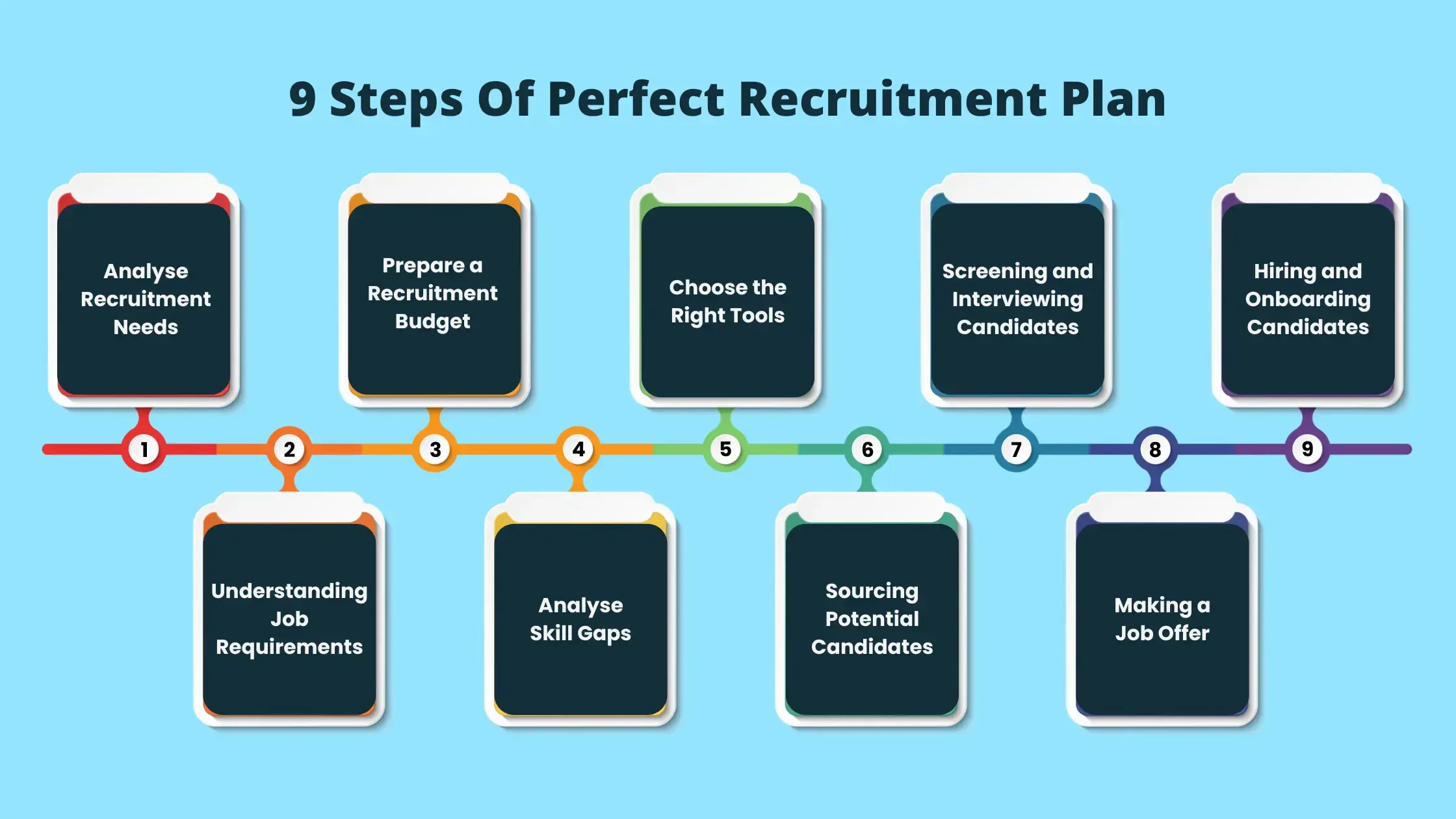
1. Analyse Recruitment Needs
To make recruitment easier, the first step is to analyse your recruitment needs. This involves working closely with department heads to understand the nature of roles required and whether to source externally or tap into internal talent. It's also important to scrutinise workforce analytics to identify patterns in turnover and retirement, which can help with proactive recruitment efforts.
Tips: Regularly surveying team leaders about upcoming projects that may require new skills and using exit interviews to understand why employees leave. This can help identify recurring issues that need to be addressed in your recruitment strategy.
2. Understanding Job Requirements
To better understand job requirements, it's important to have a holistic understanding of the role. This goes beyond just qualifications and experience and includes an understanding of the required soft skills and cultural fit. Engage with team members and managers to gain insight into daily responsibilities and long-term expectations in order to ensure that the candidate you recruit is a good fit for the role
Tips: Organising job simulation exercises or short-term projects for existing teams to help identify relevant skill sets required for roles. Additionally, documenting these specifics can help create accurate job descriptions and targeted recruitment campaigns.
3. Prepare a Recruitment Budget
Creating a recruitment budget can be made simpler by outlining all of the costs associated with the hiring process. This includes expenses for platforms used to find candidates, recruitment tools, background checks, and any necessary training for new hires. When HR and finance departments work together to create a detailed recruitment budget, it helps to ensure that resources are allocated efficiently and transparently.
Tips: Looking at historical data on hiring costs to guide predictions and allocating resources to upskill HR team members in the latest recruitment trends and technologies. This can help to improve the overall efficiency of the recruitment process.
4. Analyse Skill Gaps
If you want to make sure your workforce is evolving alongside industry advancements and organisational growth, it's important to analyse skill gaps. By comparing current workforce competencies to organisational goals, you can identify areas where training and development are needed. This helps you target your recruitment efforts and create employee development initiatives that foster a culture of continuous learning and adaptability.
Tips: To keep your skill gap analysis up to date, make sure to regularly assess employee skills and compare them to industry benchmarks.
5. Choose the Right Tools
To improve and streamline your company's hiring process, there are several crucial solutions that should be part of your recruitment tech stack. These solutions include an applicant tracking system (ATS), accounts on various online job boards, pre-employment assessment and screening tools, and analytics or business intelligence software for data-driven decision-making.
By implementing these tools, you can automate time-consuming tasks and enhance the candidate screening process.
Tips: The iSmartRecruit ATS Software can automate hiring processes from candidate screening to reference checking. With this software, you can eliminate repetitive tasks like reading resumes and moving candidates forward in the hiring process. Furthermore, you can optimise your talent pool by collecting data on the profiles of your applicants and comparing them with the profiles of your best-performing employees. With the assessment tools available, you can easily see the matching scores of applicants and gain insights into your recruitment funnel.
6. Sourcing Potential Candidates
When it comes to effective sourcing, taking a multifaceted approach is key. This means combining traditional job postings with strategic social media campaigns and networking in professional communities. It's also important to engage with passive talent and maintain a strong talent pipeline to ensure you're always prepared for future roles.
Tips: To make things even easier, consider incentivising employee referrals and regularly interacting with past candidates and passive job seekers to keep them engaged with your company. This will help to streamline your future sourcing efforts.
7. Screening and Interviewing Candidates
When it comes to screening and interviewing candidates, it's important to find the right balance between technical skills and cultural fit. To achieve this, consider using tailored assessment tests and competency-based interviews. Consistency in the interview process is key to maintaining its integrity and enhancing your employer brand.
Tips: To make the process more fair, consider incorporating real-world problem-solving scenarios in interviews and providing training to interviewers on behavioural assessment techniques and unconscious bias. By doing so, you'll reduce subjectivity and promote fairness for all candidates.
8. Making a Job Offer
If you want to make a job offer that really stands out, there are a few things you should keep in mind. First off, don't just focus on money. Make sure to emphasise career growth, learning opportunities, work-life balance, and organisational culture as well. You can also personalise your offer to reflect the candidate's motivations, which will help establish a strong relationship from the get-go.
Tips: To make negotiations go smoothly, it's important to understand industry compensation standards and be clear on your limits. And don't forget to communicate transparently about future opportunities and rewards to manage expectations. With these tips in mind, you'll be able to craft an irresistible job offer that any candidate would be lucky to receive!
9. Hiring and Onboarding Candidates
Looking to hire and onboard new employees? Here's some easy-to-follow advice: having a structured onboarding process can help new hires integrate quickly. This means having a clear induction program, being transparent about role expectations, and assigning a mentor.
Tips: Regular check-ins and an open-door policy will help new employees feel supported and build trust. Don't forget to gather feedback during the first few months, and be open to discussing any concerns they may have. This fosters an environment of trust and support.
Evaluating the Success of Your Recruitment Plan
So, you have learned about 9 steps for crafting the best recruitment plan. But now, how will you check whether they worked well or not?
You need to evaluate your plans and success and ensure that your hiring strategies align effectively with your company’s goals and deliver the desired outcomes.
Here are several key indicators to measure the effectiveness of your recruitment efforts:
-
Time to Hire: Track how much time it takes from posting a job to making a hire. A shorter time generally indicates a more efficient process, but it's also important to balance speed with quality.
-
Quality of Hire: After hiring new hires, assess their performance and contribution to the organisation. This can be measured through performance reviews, productivity metrics, and manager feedback during the initial months of employment.
-
Cost per Hire: Calculate the total costs involved in the recruitment process, including advertising, recruiter fees, and time spent by internal staff. A lower cost per hire can indicate a more cost-efficient recruitment process.
-
Retention Rate: Monitor how long your new hires stay with the company. High turnover might indicate issues in the recruitment or onboarding processes.
-
Hiring Manager Satisfaction: Solicit feedback from hiring managers on the quality of the recruitment process and the candidates selected. Their insights can help refine future hiring efforts.
Regularly reviewing these metrics will help you refine your recruitment strategies, making them more effective and aligned with your organisational goals.
Final Thoughts on Creating an Effective Recruitment Plan
Crafting a solid recruitment plan is the cornerstone of successful hiring, and with iSmartRecruit by your side, it's easier than ever. Our platform offers powerful features like customizable workflow automation, streamlined candidate management, and real-time analytics. These tools empower you to design, execute, and refine your recruitment plan seamlessly.
With iSmartRecruit, you have a trusted partner to ensure your hiring strategy is efficient, effective, and adaptable. Embrace the future of recruitment planning and start making better hires today. Take your recruitment strategy to new heights with iSmartRecruit; get a free demo today and make your recruitment better and faster.
FAQs - Frequently Asked Questions
What is a recruitment plan, and why is it important?
A recruitment plan is a strategic document that outlines how an organisation attracts and hires the best candidates. It ensures a structured approach, making the hiring process smoother and more effective, which saves time and resources.
How does iSmartRecruit help in recruitment planning?
iSmartRecruit provides an ATS with automation and analytics that streamlines candidate management. It helps reduce repetitive tasks and improves decision-making, making your recruitment plan easier to execute and more efficient.
What are the key steps in creating a recruitment plan?
Key steps include analysing recruitment needs, understanding job requirements, preparing a budget, choosing the right tools, sourcing candidates, screening, making offers, and onboarding. Following these ensures a comprehensive plan.
How can I evaluate the success of my recruitment plan?
Measure indicators like time to hire, quality of hire, cost per hire, retention rate, and hiring manager satisfaction. These metrics help you see what’s working and where to improve your recruitment strategy.

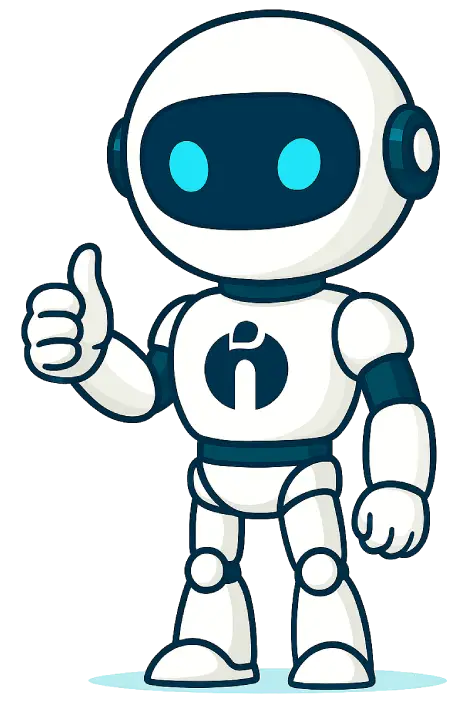



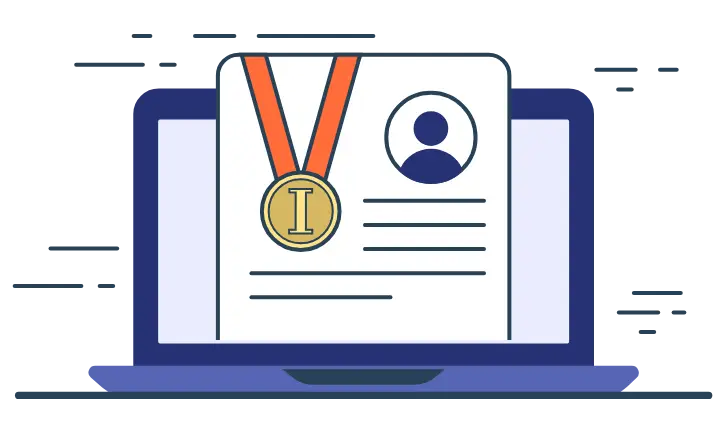


3.png)

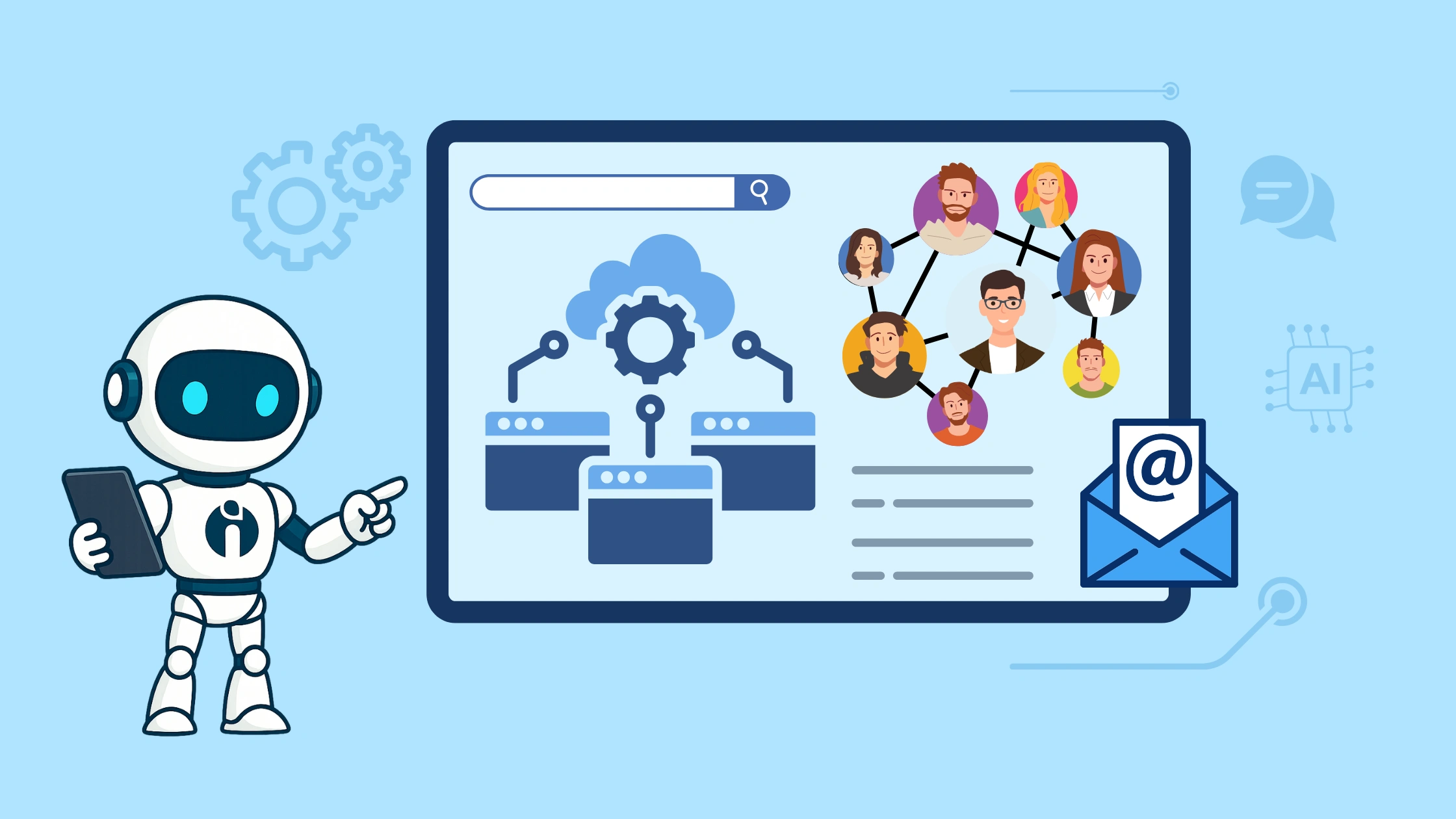
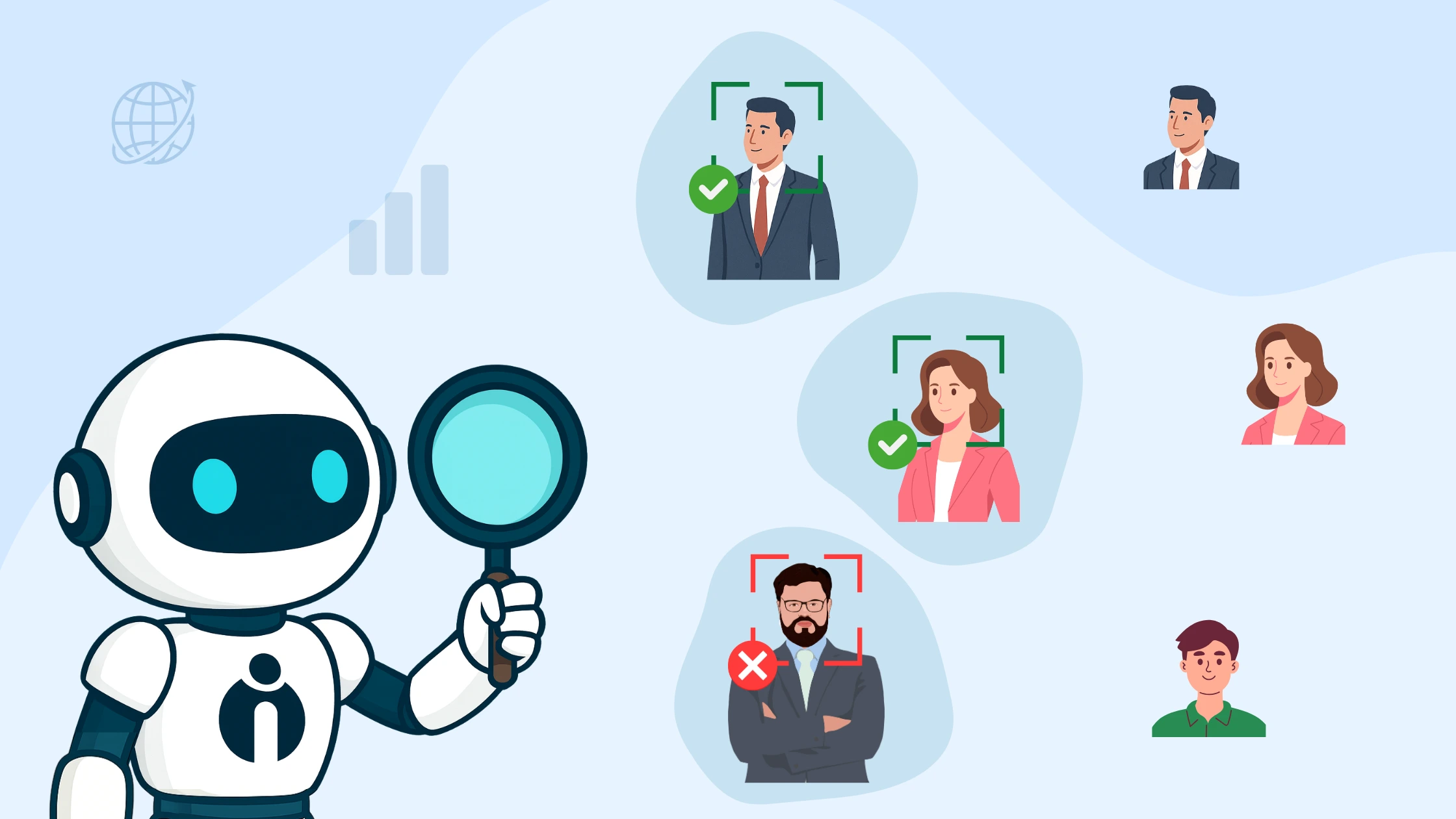
.webp)

